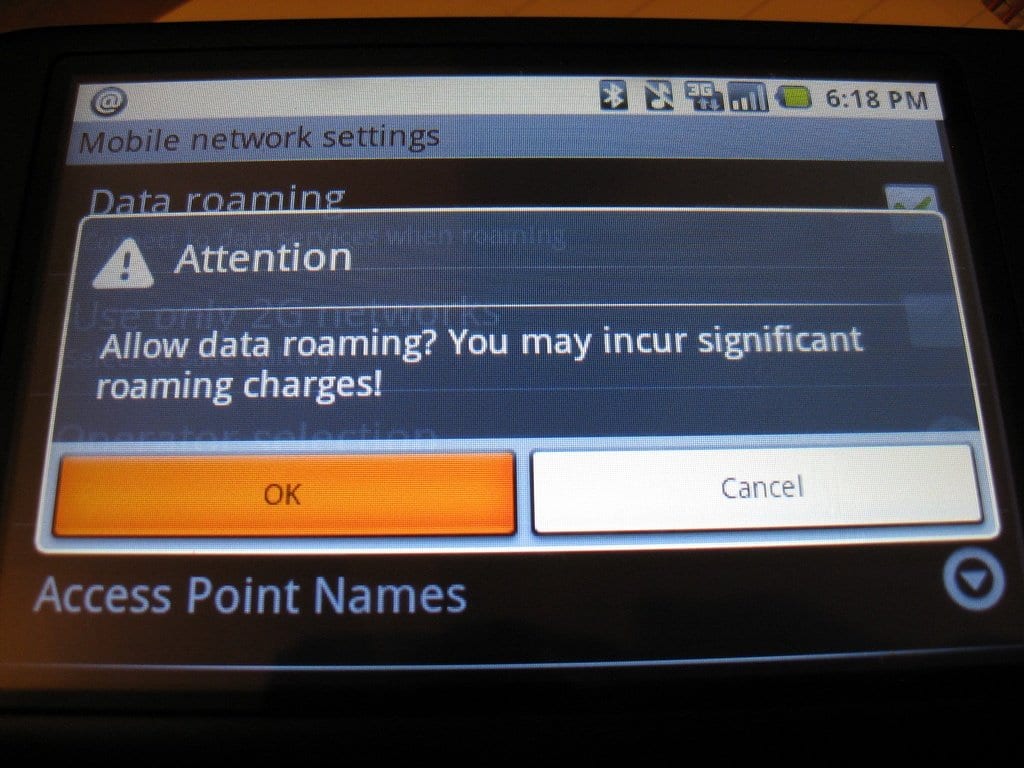Relocating offices: Your IT infrastructure checklist
Are you relocating office? These days, an office relocation usually involves a lot more than a couple of moving vans and a note to the milkman: there can be an entire IT infrastructure and business network configuration to shift, as well.
With many different aspects to consider at what’s typically a stressful time, it can be easy to overlook things. To avoid this, you’ll need to take a systematic approach and look at the components of your IT infrastructure in a logical, point by point manner. Here’s a checklist of recommended things to verify and to do, to make your office relocation smooth and trouble-free.
Planning & Preliminaries
Going into any situation blind is rarely a good idea and an office relocation is no exception. Before making any physical or virtual moves, you should first get an overview of your situation, make plans and assemble the necessary talent and resources. So:
- Establish a time-frame and schedule for the overall process and any high-level projects or resources that need specific attention.
- Take a comparative look at your existing premises and the new site with an eye to facilities, utilities provision (power, water, etc.) and any other relevant factors.
- Make a more detailed blueprint of your new office space, including where workstations, IT infrastructure, offices, conference facilities, equipment stores, fixtures and auxiliary spaces should be located.
- Engage an architect and/or building contractors for any new construction, additions or upgrades to existing structures.
- Assemble cost estimates and contingency funding levels, to get an overall budget for the move.
Equipment & Technology
Physical hardware and logical/physical connections between network components should be listed and assessed at this point. So:
- Make an inventory of all your existing IT assets, prior to your office relocation.
- Make a comparative assessment of the IT infrastructure at your present location and at your new premises.
- Determine the positioning requirements for network equipment, IT infrastructure connections, power, cooling and air conditioning.
- Assess your existing network cabling and what needs to be done at the new location to bring it up to current industry and best practices standards. Structured cabling solutions are now recommended as the norm, along with fibre optic cable networks to maximise data throughput and internet connection speeds. Specialist firms like LG Networks provide the expertise and equipment needed for installation, testing, certification and upgrades.
- If you have IT acquisitions or equipment upgrades already scheduled, the process of office relocation may give you the opportunity to rationalise or consolidate some or all of these projects into smaller, less complex and more cost-effective packages.
- Develop a strategy for the selling of or disposal of unused or obsolete equipment, furniture and fittings.
- Make a list of all your business-critical applications and the software required to support these function.
- Consider business continuity and your available options for handling network downtime. These may include the provision of redundant hardware, offline software or mobile apps.
Telecommunications
For continuous communications, a VoIP (Voice over Internet Protocol) telephony system and Session Initiation Protocol or SIP trunking technology should be considered. These systems have business continuity and Disaster Recovery (DR) capabilities built in, enabling calls and messages to be rerouted to designated phones in the event of a network outage or other catastrophic event. Specialists in VoIP and business data security like the team at LG Networks can advise you on the best options and systems available to you.
- Make an assessment of what (if anything) needs to be done to give priority to voice data on your network. This provision will ensure that your IP (Internet Protocol) telephony has the bandwidth it requires for high-volume and high-speed business communications.
- Take an inventory of your personnel, business divisions and the number and type of communication devices that you’ll need to cater for: desktop handsets, softphones linked to computer systems, smartphones, other mobile devices, etc. This will not only clarify who’s using what, but will also establish the kind of network strength and enterprise telephony package that you’ll need at your new premises.
- Arrange to transfer all the existing phone numbers that you wish to keep. Whether they’re landline, virtual (cloud-based), or mobile, there are options available for retaining your established and recognised business telephone numbers. The consultants at www.lgnetworks.co.uk are specialists in this and will be able to assist and advise you on the best options most suitable for your enterprise.
- If new phone lines are required, this is the time to determine how many you want and what kind of telephony features should be assigned to each. Adding new lines, managing accounts and provisioning your lines with features and tools are all straightforward procedures under a VoIP system.
Network Access & Security
While it’s easy for administrative details to get overlooked in the confusion of moving, an office relocation also provides you with an opportunity to re-evaluate and potentially improve your network security and access control measures. Your checklist for this section should include:
- Make an inventory of protected assets and resources – including any new ones generated by your business expansion or office relocation.
- Develop a plan for protecting confidential information and intellectual property while you’re in transit, or in the transitional phase between systems at your old and new premises.
- Make a detailed list of your employees, business units, administrators and the network access rights and privileges that they currently enjoy.
- Create or update your company’s security policy, setting out all the relevant access and verification procedures (passwords, security tokens, biometrics, etc.), individual or group network rights and the penalties for violation or abuse.
- Establish the tools and procedures that you’ll need for monitoring your IT infrastructure, network hardware, databases and application software.
- Renew any existing contracts with relevant security vendors or providers and negotiate new ones as required.
Backups & Contingencies
Even if you’re confident in the skills of your IT division, the advice of a specialist organisation (such as our team, who have years of experience in data centre and office relocation) can facilitate the processes of performing backups of your essential data. We can help establish new configurations for your IT infrastructure and the design and installation of your network cabling. We will also be able to advise you on best practices for maintaining business continuity, network availability and Disaster Recovery, such as:
- Making physical copies of your data (tapes, disk drives, etc.) which should typically be stored in a safe location outside your company HQ. If you’re changing the location of this safe storage place, you’ll need to inform the relevant IT administrators and ensure that access to this site is readily available from your new premises.
- Ensuring your backup procedures are entrusted to a cloud service, and that your provider is aware of your office relocation and of any special conditions that your new environment may impose. If your Service Level Agreement (SLA) needs to be amended to reflect these changes, this is the time to negotiate those terms as well.
- Informing any cloud services to which you subscribe of your office relocation plans. They should also be asked to clarify the conditions which will apply to any security, business continuity and Disaster Recovery mechanisms that they have in place.
- Informing your telecoms provider about your office relocation and establishing how this affects their mechanisms for call forwarding and call management in the event of network outages or other downtime conditions.
Successfully transferring your IT infrastructure to new premises is a critical part of the office relocation process for the digital era – but it need not be a complex or stress-inducing experience.
We work with in-house IT teams and office managers to ensure your office move goes smoothly.
If you’d like further assistance in planning your office relocation and migrating your IT infrastructure, contact the experts at LG Networks





